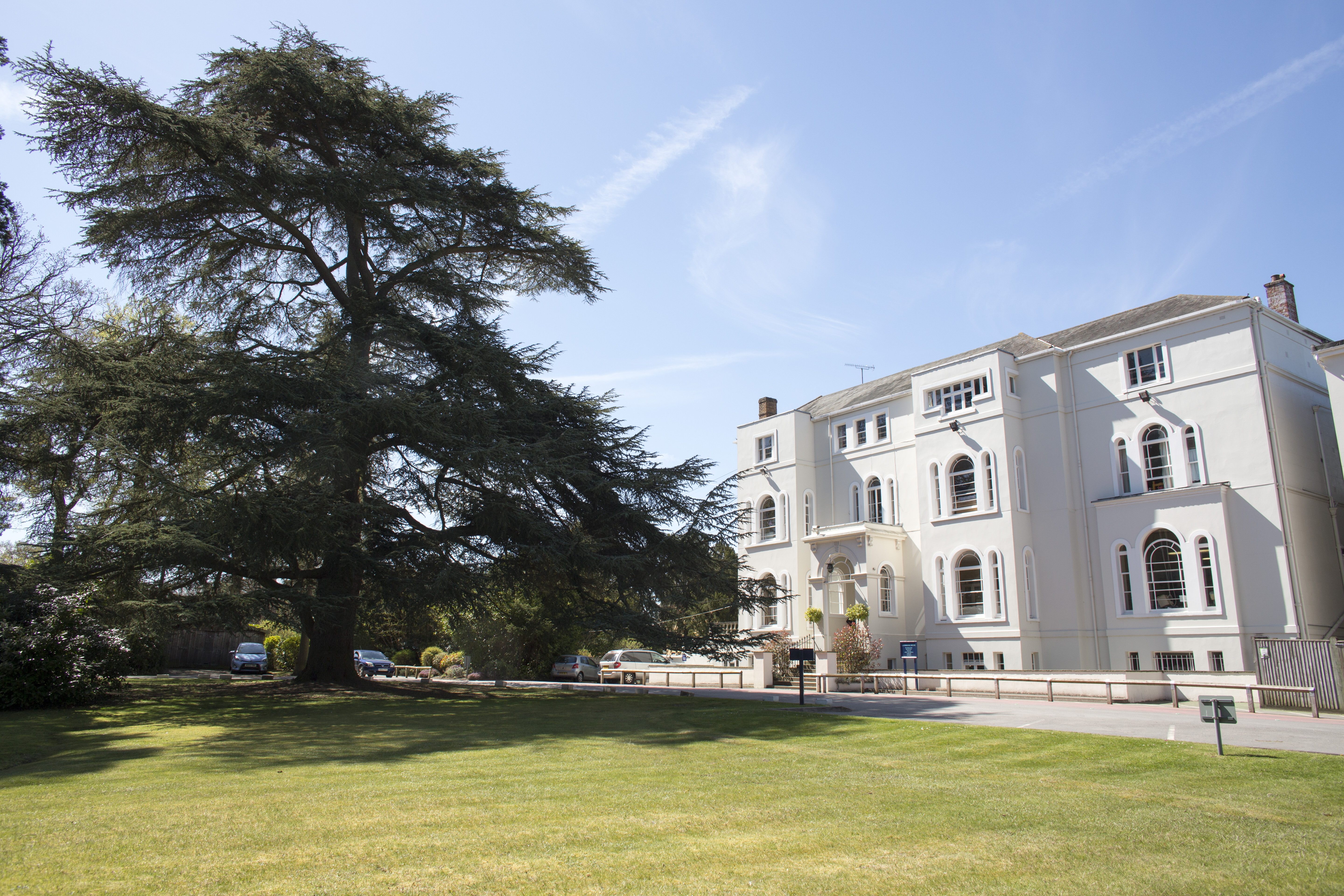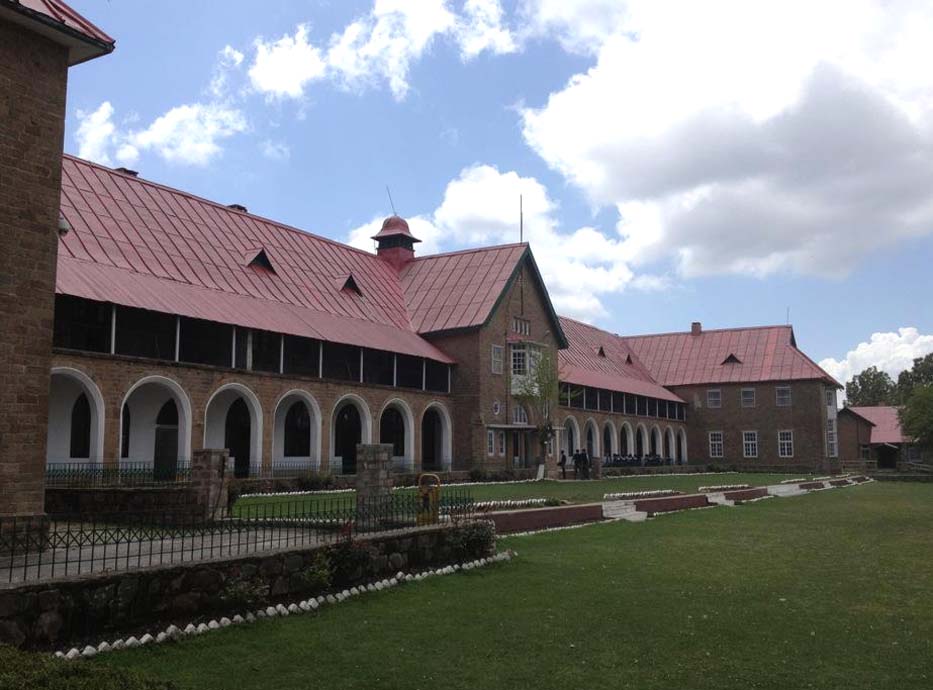|
W. C. Renouf
Winter Charles Renouf CIE (5 March 1868 – 28 June 1954) was a British member of the Indian Civil Service who specialised in agriculture. He was also a justice of the peace in India, official member of the Central Legislative Assembly, and political agent at Bahawalpur. In 1921, he was president of the Cantonment Reforms Committee set up by the Government of India. He retired in 1922. Renouf was a noted philatelist who was one of the first to take an interest in early Indian postal markings and British Indian stamps used abroad. He edited '' The Philatelic Journal of India'' and was Hon. Vice-President of the Philatelic Society of India. In 1921, he signed the Roll of Distinguished Philatelists. His philatelic work was continued by Jal Cooper and his classification system of Indian postal markings continues to be referred to as "Renouf types". Early life and family Winter Renouf was born on 5 March 1868 in St Helier, Jersey, in the Channel Islands. His father, Francis G. Re ... [...More Info...] [...Related Items...] OR: [Wikipedia] [Google] [Baidu] |
St Helier
St Helier (; Jèrriais: ; ) is the Capital city, capital of Jersey, the largest of the Channel Islands in the English Channel. It is the most populous of the twelve parishes of Jersey, with a population of 35,822, over one-third of the island's total population. The town of St Helier is the largest settlement and only town of Jersey. The town consists of the built-up areas of St Helier, including First Tower, and parts of the parishes of Saint Saviour, Jersey, St Saviour and Saint Clement, Jersey, St Clement, with further suburbs in surrounding parishes. The greater part of the parish of St Helier is rural. It covers a surface area of , being 9% of the total land area of the island (this includes Land reclamation, reclaimed land area of or 200 hectare, ha). The town sits by the coast in the southeastern corner of the parish. Within it lies the main commercial district and the principal harbour of the island. As the capital, it also hosts the island's government, parlia ... [...More Info...] [...Related Items...] OR: [Wikipedia] [Google] [Baidu] |
Preparatory School (United Kingdom)
A preparatory school (or, shortened: prep school) in the United Kingdom is a fee-charging Private schools in the United Kingdom, private primary school that caters for children up to approximately the age of 13. The term "preparatory school" is used as it ''prepares'' the children for the Common Entrance Examination in order to secure a place at an independent secondary school, typically one of the English Public school (UK), public schools. They are also preferred by some parents in the hope of getting their child into a state selective grammar school. Most prep schools are inspected by the Independent Schools Inspectorate, which is overseen by Ofsted on behalf of the Department for Education. Overview Boys' prep schools are generally for 8–13 year-olds (Years 3 to 8), who are prepared for the Common Entrance Examination, the key to entry into many secondary independent schools. Before the age of 7 or 8, the term "pre-prep school" is used. Girls' independent schools in Eng ... [...More Info...] [...Related Items...] OR: [Wikipedia] [Google] [Baidu] |
Edward Denny Bacon
Sir Edward Denny Bacon (29 August 1860 – 5 June 1938) in the 's Hall of Fame. was a British who helped with the enlargement and mounting of collections possessed by rich collectors of his timeNicholas Courtney (2004). ''The Queen's Stamps'', pp. 138–140. and became the curator of the between 1913 and 1938. < ... [...More Info...] [...Related Items...] OR: [Wikipedia] [Google] [Baidu] |
Royal Philatelic Society London
The Royal Philatelic Society London (RPSL) is the oldest philately, philatelic society in the world. It was founded on 10 April 1869 as ''The Philatelic Society, London''. The society runs a postal museum, the Spear Museum of Philatelic History, at its headquarters in the City of London. History The society was founded on 10 April 1869 at a meeting at 93 Great Russell Street in the rooms of the stamp dealer J.C. Wilson. The first officers elected were the president, Sir Daniel Cooper, 1st Baronet, Sir Daniel Cooper, the vice-president, Frederick A. Philbrick, and the secretary, W. Dudley Atlee. The committee comprised Edward Loines Pemberton, Charles W. Viner, Thomas F. Erskine, Joseph Speranza, and W. E. Hayns. Permission to use the prefix "Royal" was granted by Edward VII, King Edward VII in November 1906. Prince George, Duke of York (the future George V, King George V), was an enthusiastic stamp collector. He served as honorary vice-president of the society from 1893 to ... [...More Info...] [...Related Items...] OR: [Wikipedia] [Google] [Baidu] |
Indian Political Department
The Indian Political Department, formerly part of the Foreign and Political Department of the Government of India, was a government department in British India. The department looked after the diplomatic and "political" relations with the subsidiary states of the British Empire in India, and some states overseas. The nature of its work was indirect rule. The department was disbanded at the time of Indian independence and replaced by a newly formed States Department in the Government of India. History A department was originally formed under the name "Secret and Political Department" on 23 September 1783, It was created by a resolution of the board of directors of the East India Company; this decreed the creation of a department which could help “relieve the pressure” on the administration of Warren Hastings in conducting its "secret and political business". From 1784 to 1842, the department was divided into three branches: secret, political and foreign. In 1843, the dep ... [...More Info...] [...Related Items...] OR: [Wikipedia] [Google] [Baidu] |
Central Legislative Assembly
The Central Legislative Assembly was the lower house of the Indian Legislature, the legislature of British India. It was created by the Government of India Act 1919, implementing the Montagu–Chelmsford Reforms. It was also sometimes called the Indian Legislative Assembly and the Imperial Legislative Assembly. The Council of State was the upper house of the legislature for India. As a result of Indian independence, the Legislative Assembly was dissolved on 14 August 1947 and its place taken by the Constituent Assembly of India and the Constituent Assembly of Pakistan including East Bengal (modern-day Bangladesh). Composition The new Assembly was the lower house of a bicameral parliament, with a new Council of State as the upper house, reviewing legislation passed by the Assembly. However, both its powers and its electorate were limited. The Assembly had 145 members who were either nominated or indirectly elected from the provinces. The Legislative Assembly had no m ... [...More Info...] [...Related Items...] OR: [Wikipedia] [Google] [Baidu] |
Rank Hovis McDougall
RHM plc, formerly Rank Hovis McDougall, was a United Kingdom food business. The company owned numerous brands, particularly for flour, where its core business started, and for consumer food products. It was listed on the London Stock Exchange and was once a constituent of the FTSE 100 Index but was acquired by Premier Foods in March 2007; many of its brands continue to be produced. History Early years The company was founded by Joseph Rank in 1875 as flour milling business when he rented a small windmill. He initially lost money and therefore took a co-tenancy at West's Holderness Corn Mill. In 1885 he built a mechanically driven flour mill in Hull in order to beat competition from abroad. He used steel rollers instead of mill stones thereby producing six sacks of flour an hour instead of one and a half. In 1888 he built another steel-roller plant in Lincolnshire, and soon after, built a more modern plant, producing 20 sacks of flour an hour. As he strove for greater producti ... [...More Info...] [...Related Items...] OR: [Wikipedia] [Google] [Baidu] |
Common Wheat
Common wheat (''Triticum aestivum''), also known as bread wheat, is a cultivated wheat species. About 95% of wheat produced worldwide is common wheat; it is the most widely grown of all crops and the cereal with the highest monetary yield. Taxonomy Numerous forms of wheat have evolved under human selection. This diversity has led to confusion in the naming of wheats, with names based on both genetic and morphological characteristics. List of common cultivars * Albimonte * Manital * Shirley * Hilliard Phylogeny Bread wheat is an allohexaploid a combination of six sets of chromosomes from different species. Of the six sets of chromosomes, four come from emmer (''Triticum turgidum'', itself a tetraploid) and two from '' Aegilops tauschii'' (a wild diploid goatgrass). Wild emmer arose from an even earlier ploidy event, a tetraploidy between two diploids, wild einkorn (''T. urartu'') and '' A. speltoides'' (another wild goatgrass). Free-threshing wheat is closely re ... [...More Info...] [...Related Items...] OR: [Wikipedia] [Google] [Baidu] |
Durum
Durum wheat (), also called pasta wheat or macaroni wheat (''Triticum durum'' or ''Triticum turgidum'' subsp. ''durum''), is a tetraploid species of wheat. It is the second most cultivated species of wheat after common wheat, although it represents only 5% to 8% of global wheat production. It was developed by artificial selection of the domesticated emmer wheat strains formerly grown in Central Europe and the Near East around 7000 BC, which developed a naked, free-threshing form. Like emmer, durum wheat is awned (with bristles). It is the predominant wheat grown in the Middle East. ''Durum'' in Latin means 'hard', and the species is the hardest of all wheats. This refers to the resistance of the grain to milling, in particular of the starchy endosperm, causing dough made from its flour to be weak or "soft". This makes durum favorable for semolina and pasta and less practical for flour, which requires more work than with hexaploid wheats such as common bread wheats. Despite ... [...More Info...] [...Related Items...] OR: [Wikipedia] [Google] [Baidu] |
Murree
Murree () is a mountain resort city in the northernmost region of the Punjab, Pakistan, Punjab province of Pakistan. Lying in the Galyat region of the Pir Panjal Range under the western Himalayas, it forms the outskirts of the Islamabad–Rawalpindi metropolitan area and is located in the northeast of the capital city, Islamabad. The town was built in the mid 19th-century and it served as the summer capital of the Punjab Province (British India), British Punjab, for the British troops to escape the scorching heat in the plains of Punjab during the summer.: "Murree was developed first into a sanitarium and retreat for troops, and later into a summer hill station, housing an invalid hospital, cottages for civil and military families, hotels, a brewery, and a Lawrence Memorial Asylum for the education of poor and orphaned European children." It has an average altitude of . Construction of the town was started in 1851 on the hills of Murree as a sanatorium for British troops. The p ... [...More Info...] [...Related Items...] OR: [Wikipedia] [Google] [Baidu] |







